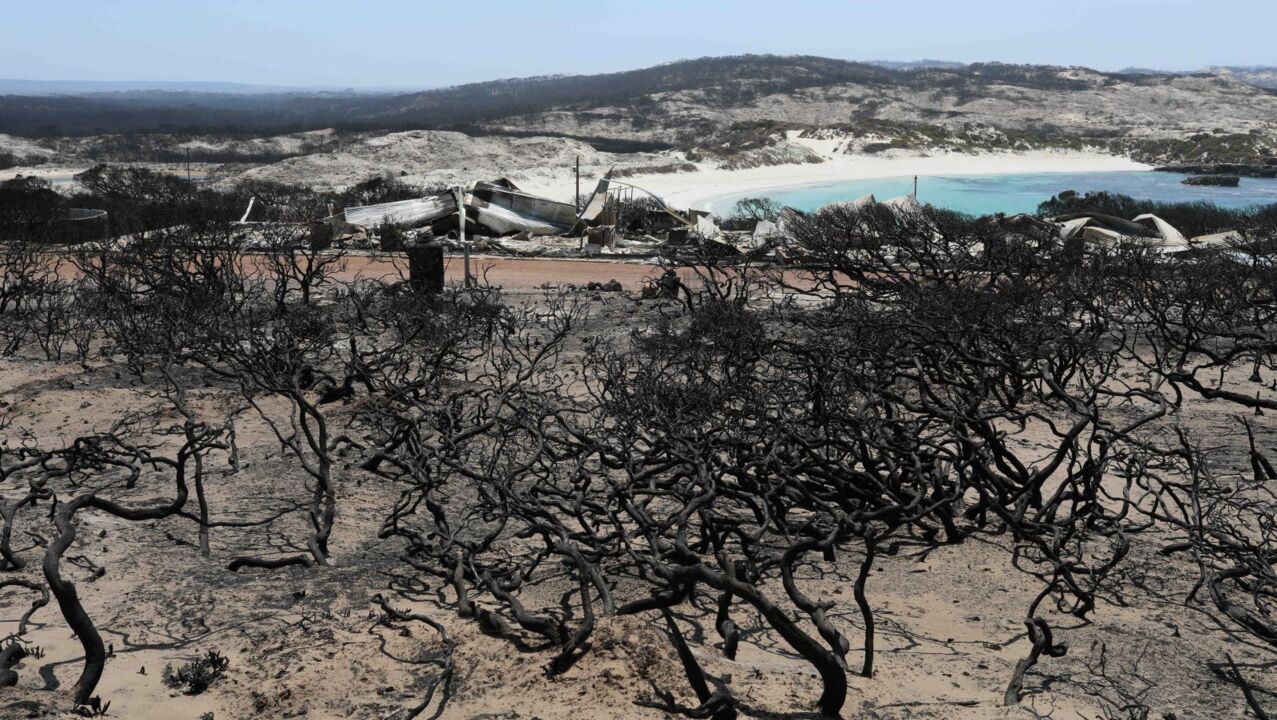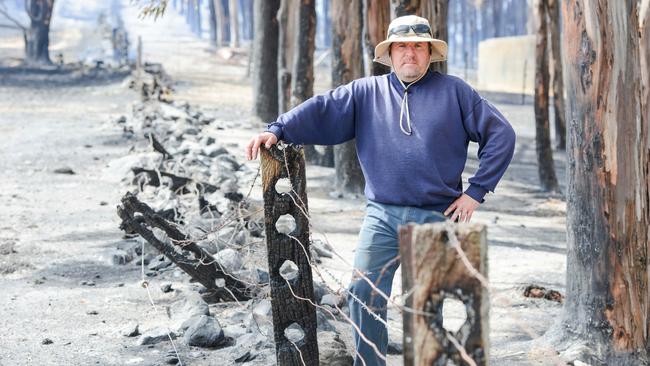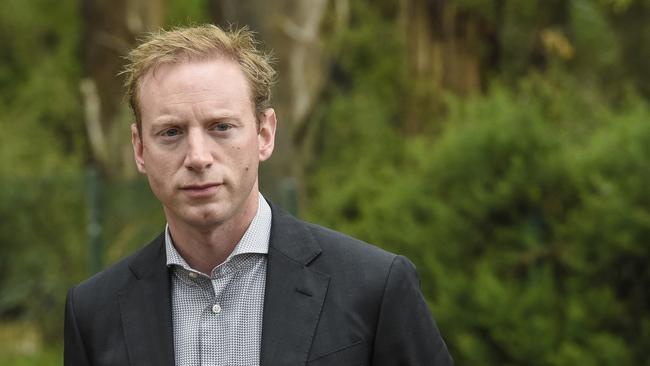Bushfire control: Farmers zero in on roadside vegetation, park management, amid plans for $37m hazard reduction burn boost
Farmers have called for changes to allow better roadside and park vegetation to prevent catastrophic fires – and the State Government says a $37m injection into hazard-reduction burns will help address the issue.

SA Business
Don't miss out on the headlines from SA Business. Followed categories will be added to My News.
Farmers are calling for changes to allow them to remove more vegetation and prevent out-of-control fires – along with action to manage park fuel loads.
It comes as the State Government says a $37m injection into hazard-reduction burns over the coming five years will include working with landowners on issues such as what they can and can't do without approval.
The funding follows Federal Police Commissioner Mick Keelty’s independent review of South Australia’s 2019-20 bushfire season, which found the processes involved in seeking approvals for fuel reduction work are confusing and poorly understood. It also found the level of fuel reduction permitted on private land is unclear.
At a Senate committee hearing this week, Kangaroo Island farmers said they felt hamstrung in protecting their properties from future catastrophic blazes.
Primary producers from other areas have also raised worries about fuel management along roadsides and national parks.
Primary Producers SA executive chairman Rob Kerin said in particular, members raised concerns about how public land was managed.
“If you want to preserve the bush, you can’t afford to not put out a bushfire early,” he said.
“The less burn-offs there are, the more risk of having what we had last year again.”
A total of 278,838ha were burnt during bushfires in the Adelaide Hills, on Kangaroo Island, the Yorke Peninsula, in Port Lincoln and the southeast during the 2019/20 bushfire season.
Jim Franklin-McEvoy, of the Inverbrackie Creek Catchment group in the Adelaide Hills, said roadside vegetation was a major issue.
“Fire can move as a ribbon for several kilometres if the wind is going in the right direction very quickly before there’s a chance for it to be slowed up,” he said.

The councils usually only cleared roadside vegetation to about 1m.
“That might slow a small fire but not a massive fire,” Mr Franklin-McEvoy said. Landowners used grazingand slashing to further reduce the fire risk, Mr Franklin-McEvoy said, though hurdles existed with native vegetation and some owners found it too difficult.
He said high fuel loads in the Charleston Conservation Park contributed to the spread of Adelaide Hills fires last summer – which also burned part of his farm.
“I was 4-5km from it when it was burning and it was like daylight, and that was 8 or 9 o’clock at night and it burned very fast,” he said.
Agriculture KI chairman Rick Morris said farmers wanted to clear a greater distance alongside fence lines.
“If there were strategic breaks in roadside vegetation or it was cleared further back from the roadside, it would be a lot safer,” he said.
Conservation SA chief executive Craig Wilkins said climate change was the biggest problem leaders needed to tackle to reduce the frequency and severity of bushfires.
“The hazard reduction burning window is shrinking, while the fire hazard season is increasing,” he said.
“Burning more vegetation more often will not prevent bushfires from occurring on catastrophic risk days when most loss occurs,” he said.

Environment Minister David Speirs said the extra $37m funding would increase prescribed burns by up to 50 per cent. Work on private land would be a key component.
“We will work closely with landowners to increase their ability to undertake their own hazard reduction and help them better understand what their responsibilities are and what they can to do with and without approval,” Mr Speirs said. “Being able to deliver prescribed burns is heavily dependent on weather conditions and with the changing climate our window of opportunity is getting smaller and smaller, which is why this increase in investment to improve our capabilities is so important.”
MORE NEWS
Kangaroo Island bushfires: Conservationists band together to help threatened species survive
